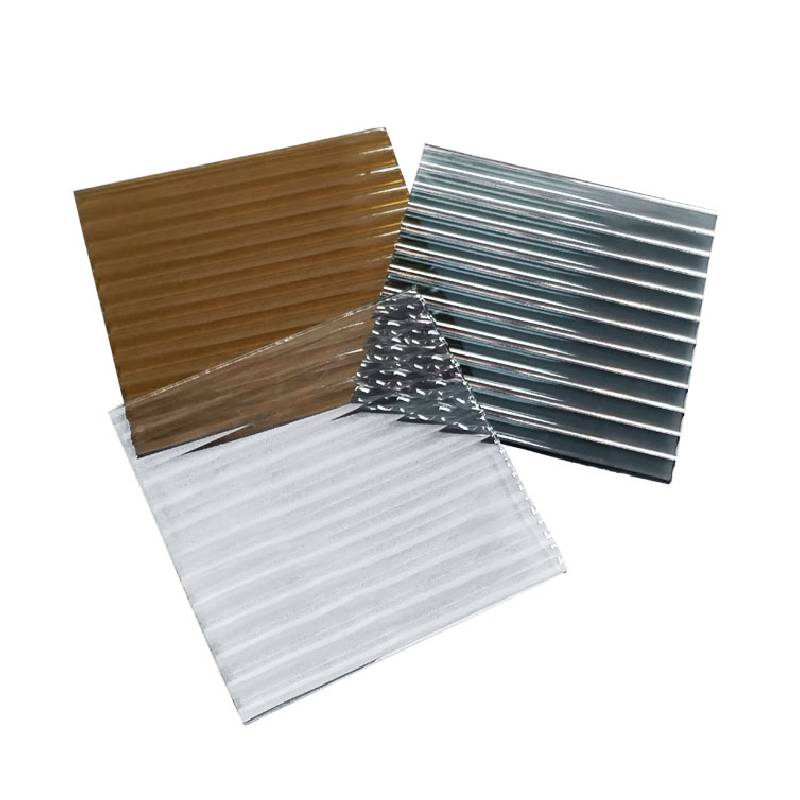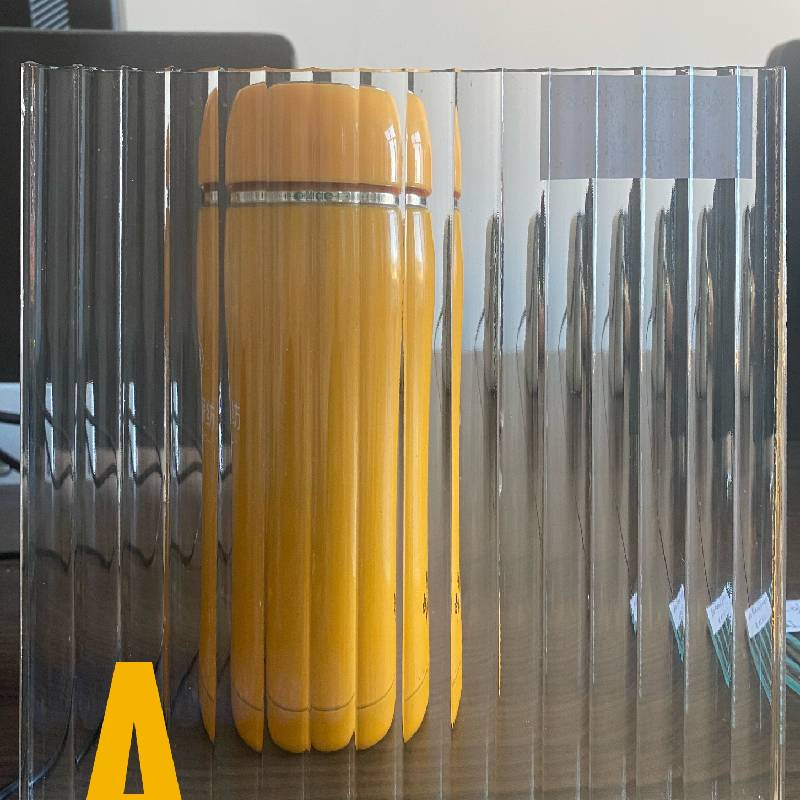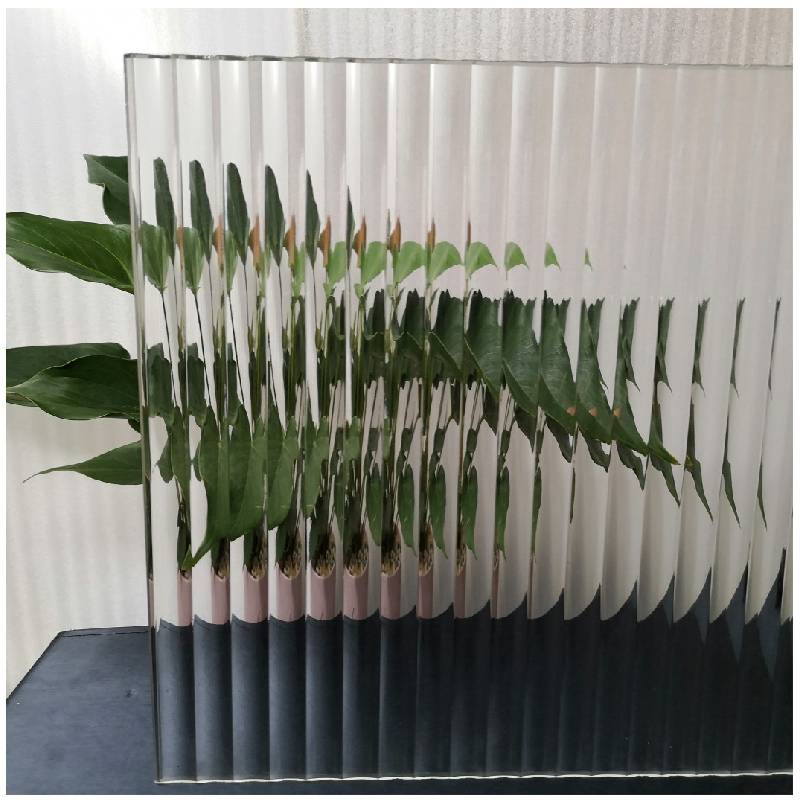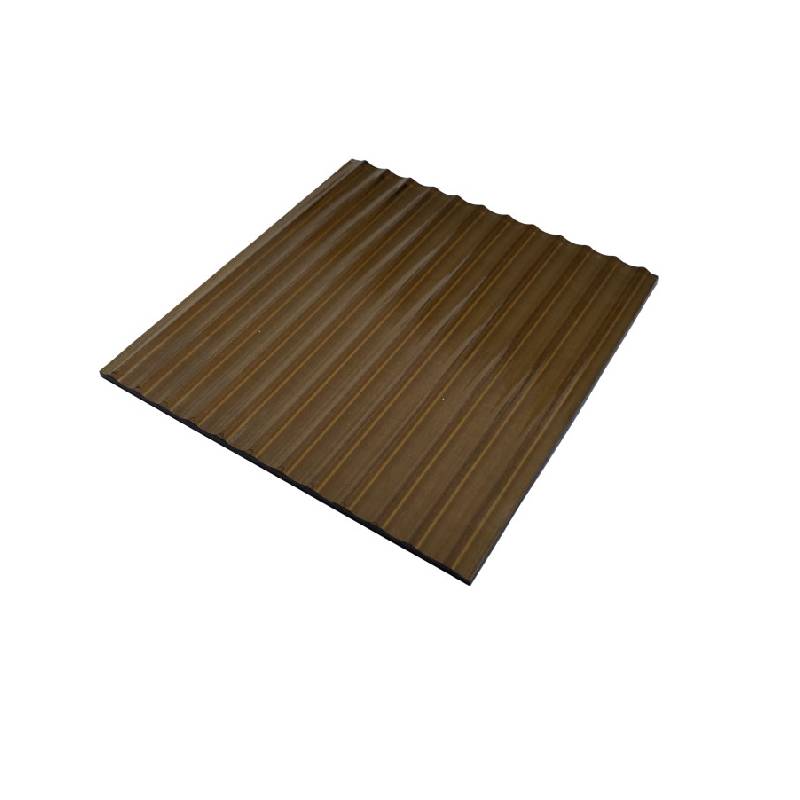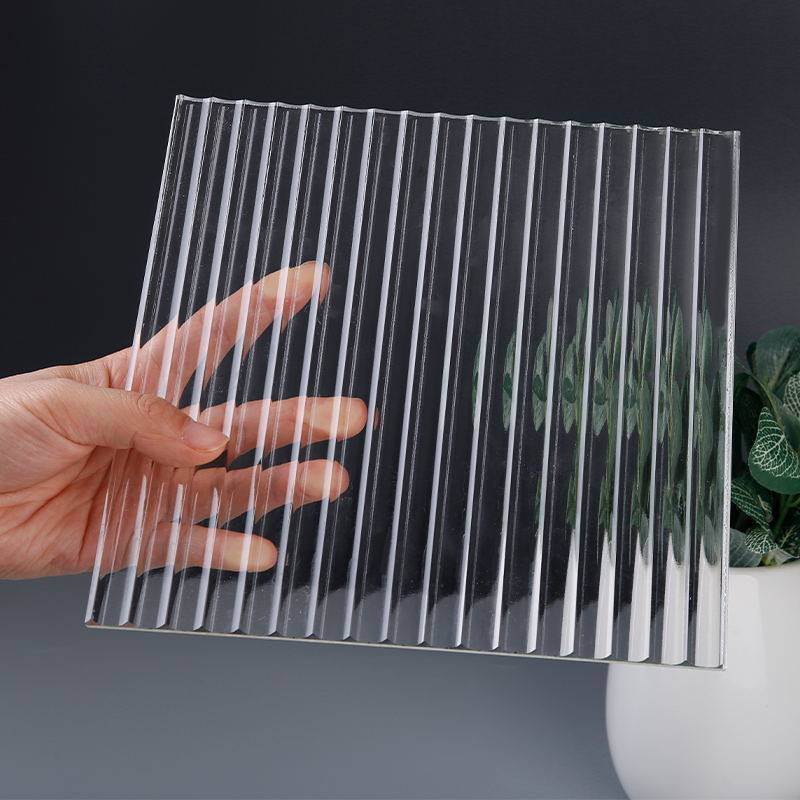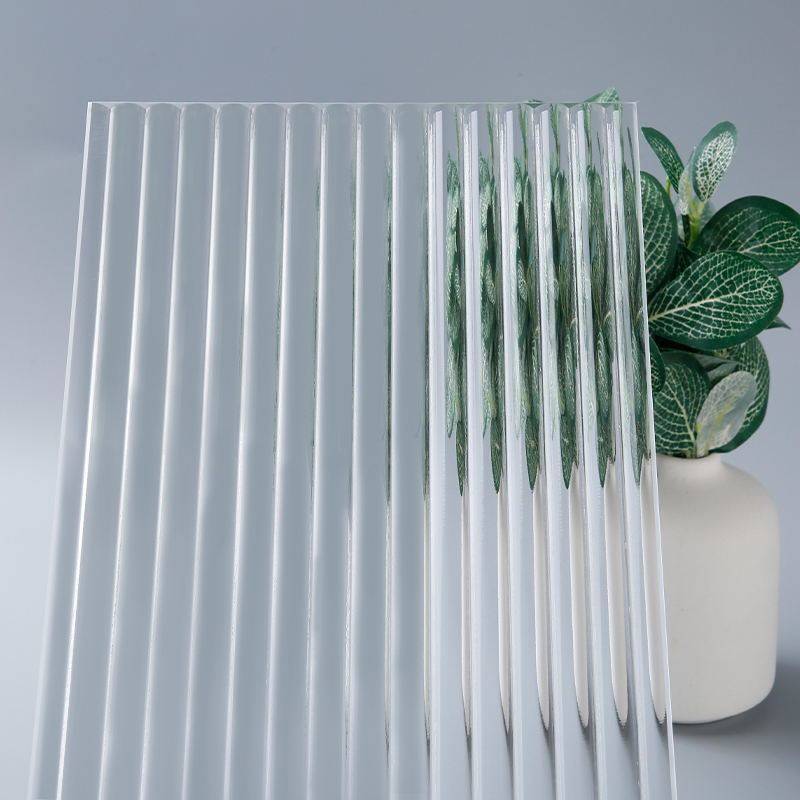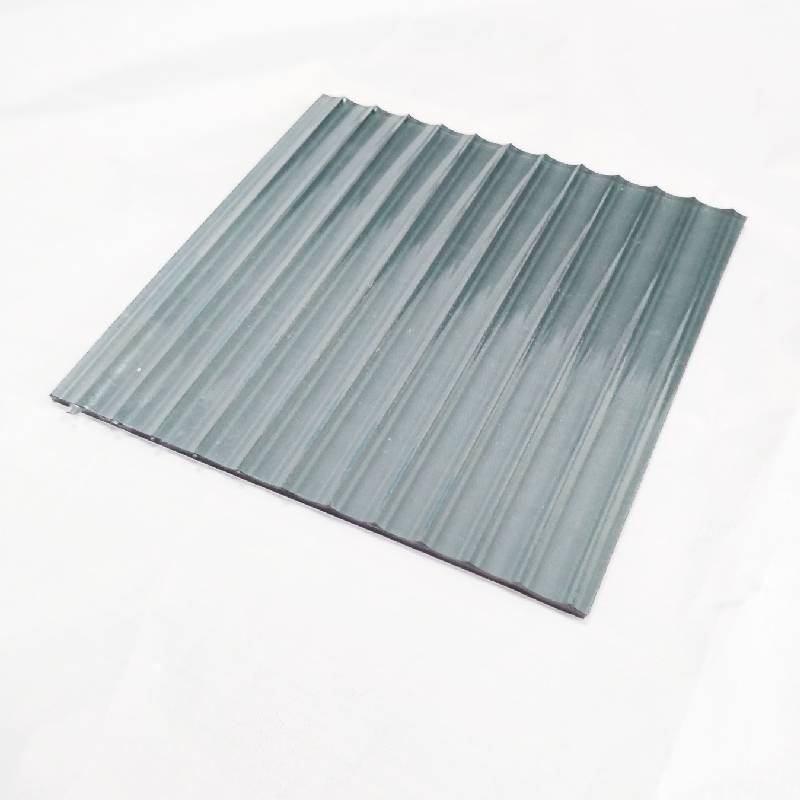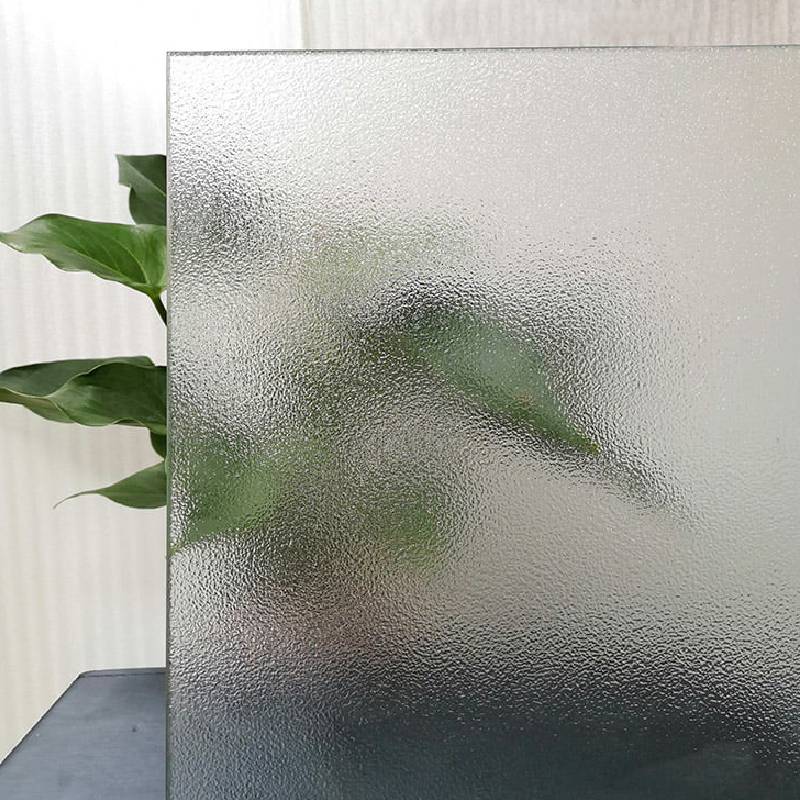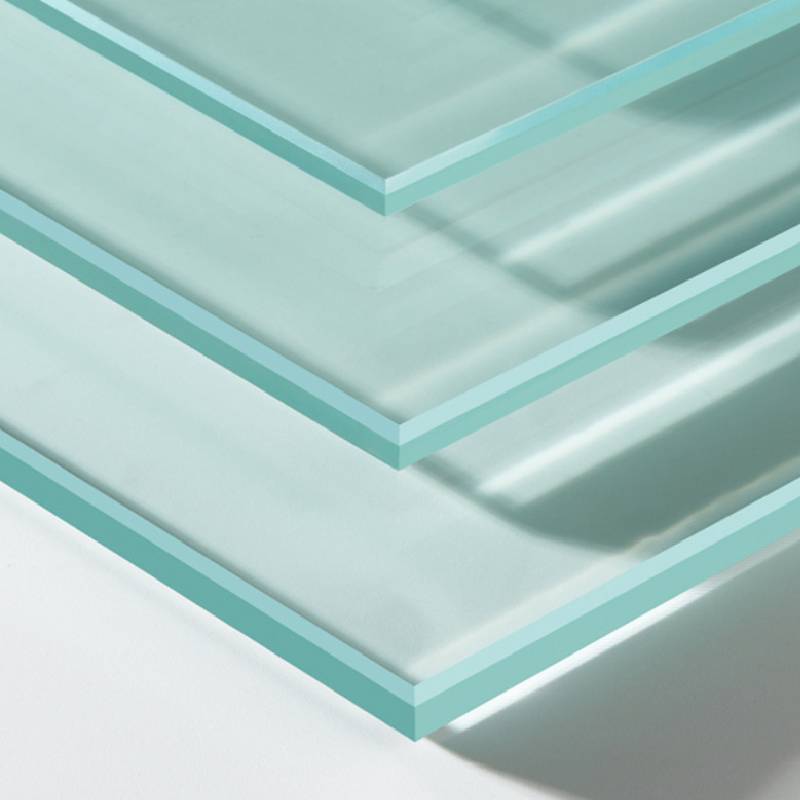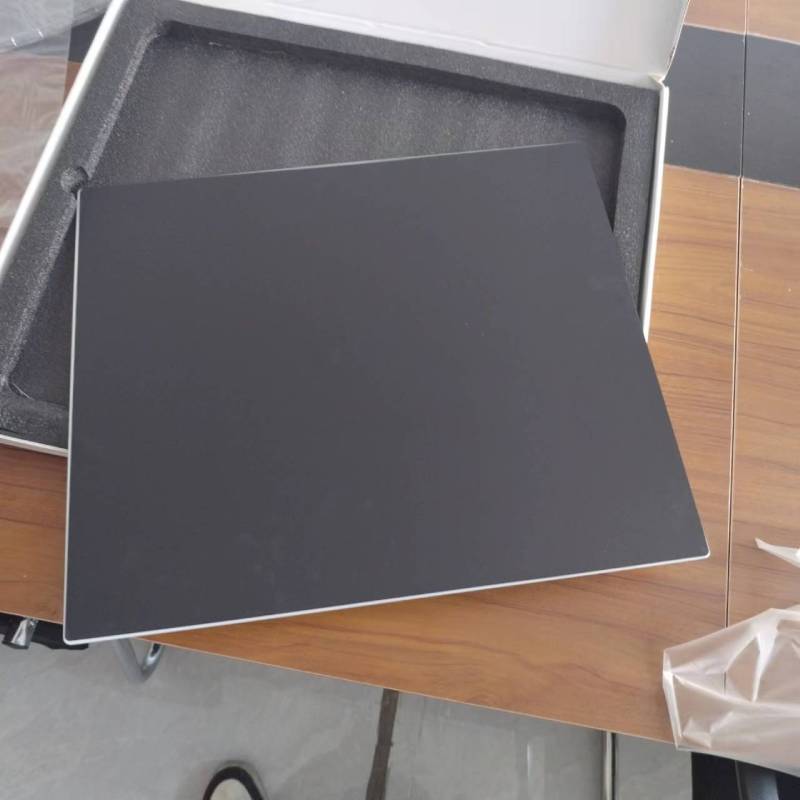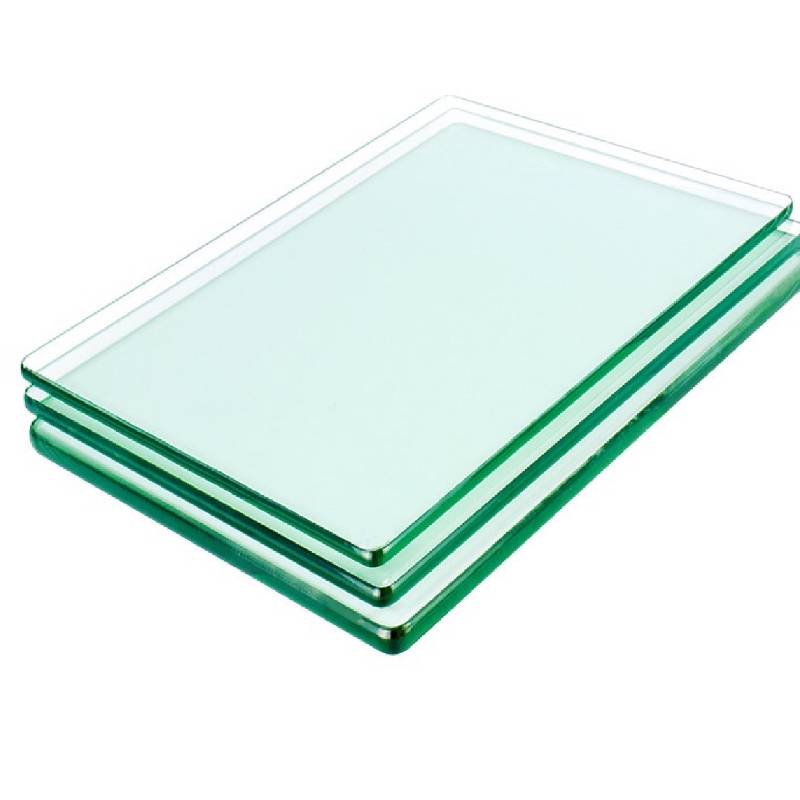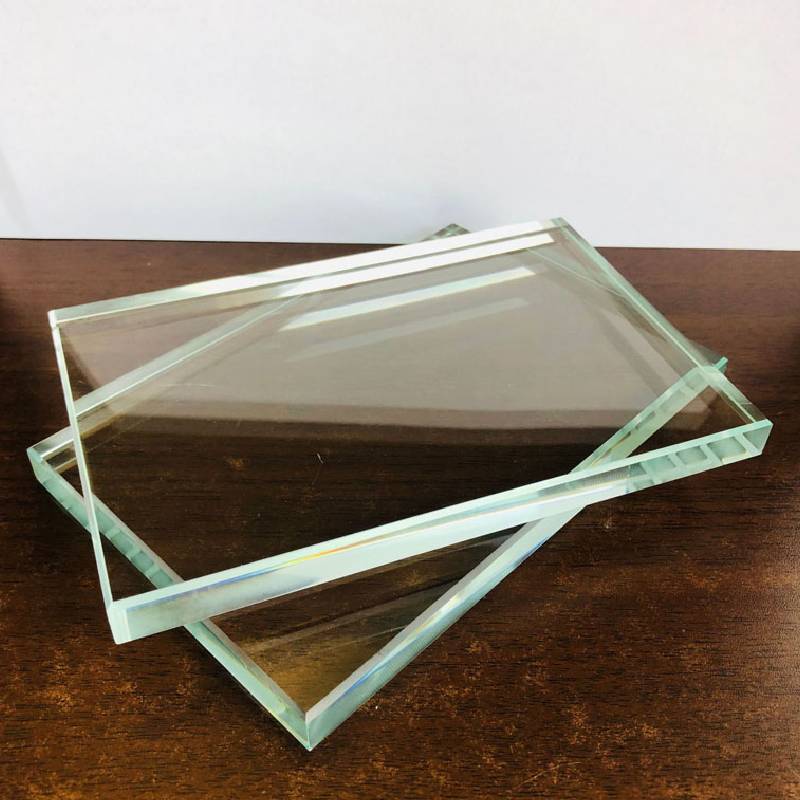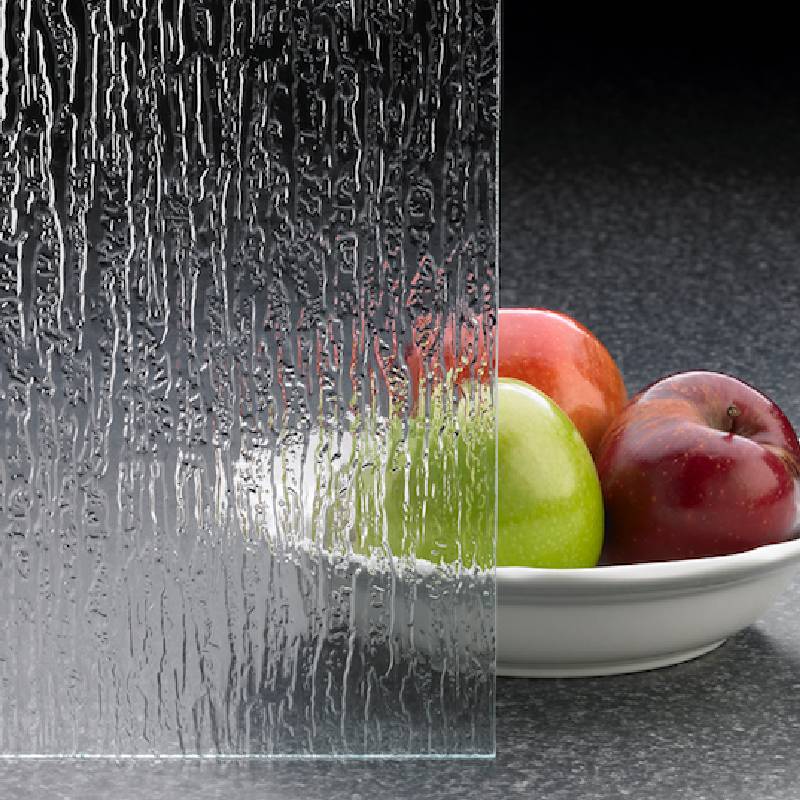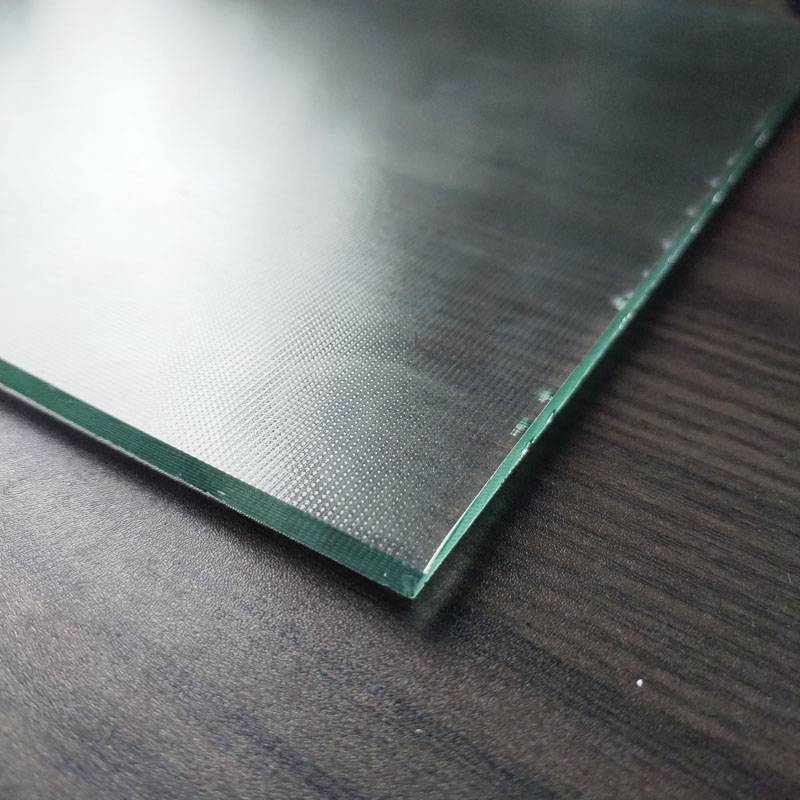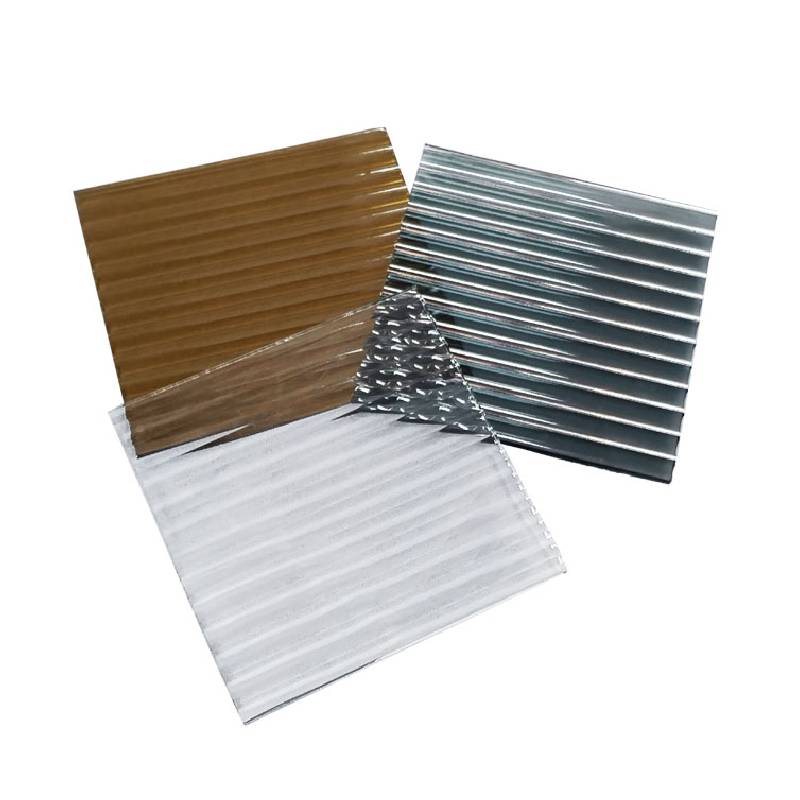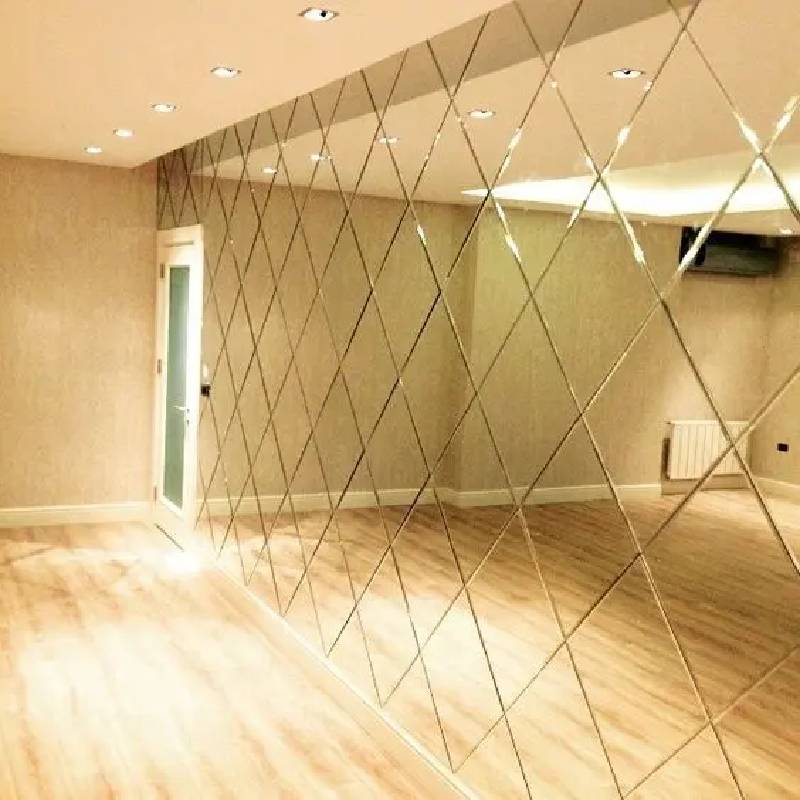- 1. Raw material selection: The process starts with the selection of high-quality raw materials, usually silica sand, soda ash and limestone. These materials were chosen for their purity and consistency, as they greatly influence the final quality of the glass.
2. Ingredients: The selected raw materials are accurately weighed and mixed together in specific proportions. This mixture, called a batch, is loaded into a furnace and melted.
3. Melting: The batch is fed into a furnace that is heated to extremely high temperatures, typically between 1,500 and 1,700 degrees Celsius (2,732 and 3,092 degrees Fahrenheit), depending on the type of glass being produced. Intense heat melts the batch into a viscous liquid called molten glass.
4. Shaping: Once the molten glass reaches the desired consistency, it is formed into the desired shape. This can be done by various methods such as blowing, pressing or moulding. For Moru glass, which often has intricate patterns, techniques such as glass blowing or hand shaping can be used to achieve the desired design.
6. Annealing: Newly formed glass undergoes a process called annealing to eliminate internal stress and strengthen the glass. This involves gradually cooling the glass at a controlled rate to ensure an even temperature distribution throughout the material.
7. Finishing: After annealing is complete, inspect the glass for any defects or blemishes. Any rough edges or sharp points are smoothed away, and the final product is cleaned and polished to enhance its appearance.
- 1. High transparency
Moru glass uses high-quality glass raw materials with high purity, so the transparency is very good and can provide excellent visual effects.
2. A sense of haziness
The vertical line texture of Moru glass has a simple geometric beauty and hazy feeling, which can have a semi-covering effect while maintaining spatial transparency.
3. Transparent but not see-through
Moru glass itself is glass, with the characteristics of glass itself transmitting light. In addition, due to its own grooves with a blurred matte surface, the reflected light, plants or decorations on the other side of the glass can be out of focus. More hazy beauty.
4. Good appearance and wide application
As a high-quality, high-transparency glass material, Moru glass has a variety of functions and functions. It has been widely used in construction, home decoration, automobile and other fields.
Clear Moru glass, ultra clear Moru glass, gray Moru glass, bronze Moru glass, golden Moru glass.
Regular thickness: 4mm, 5mm, 6mm, 8mm, 10mm
Regular size 2000*2440mm, 2100*2440mm, 2100*2800mm, 2100*3300mm
 Affricanaidd
Affricanaidd  Albaneg
Albaneg  Amhareg
Amhareg  Arabeg
Arabeg  Armenaidd
Armenaidd  Azerbaijani
Azerbaijani  Basgeg
Basgeg  Belarwseg
Belarwseg  Bengali
Bengali  Bosnieg
Bosnieg  Bwlgareg
Bwlgareg  Catalaneg
Catalaneg  Cebuano
Cebuano  Corseg
Corseg  Croateg
Croateg  Tsiec
Tsiec  Daneg
Daneg  Iseldireg
Iseldireg  Saesneg
Saesneg  Esperanto
Esperanto  Estoneg
Estoneg  Ffinneg
Ffinneg  Ffrangeg
Ffrangeg  Ffriseg
Ffriseg  Galiseg
Galiseg  Sioraidd
Sioraidd  Almaeneg
Almaeneg  Groeg
Groeg  Gwjarati
Gwjarati  Creol Haitaidd
Creol Haitaidd  hausa
hausa  hawaiian
hawaiian  Hebraeg
Hebraeg  Naddo
Naddo  Miao
Miao  Hwngari
Hwngari  Islandeg
Islandeg  igbo
igbo  Indoneseg
Indoneseg  gwyddelig
gwyddelig  Eidaleg
Eidaleg  Japaneaidd
Japaneaidd  Jafaneg
Jafaneg  Kannada
Kannada  kazakh
kazakh  Khmer
Khmer  Rwanda
Rwanda  Corëeg
Corëeg  Cwrdaidd
Cwrdaidd  Kyrgyz
Kyrgyz  TB
TB  Lladin
Lladin  Latfieg
Latfieg  Lithwaneg
Lithwaneg  Lwcsembwrgaidd
Lwcsembwrgaidd  Macedoneg
Macedoneg  Malgashi
Malgashi  Maleieg
Maleieg  Malayalam
Malayalam  Malteg
Malteg  Maori
Maori  Marathi
Marathi  Mongoleg
Mongoleg  Myanmar
Myanmar  Nepali
Nepali  Norwyaidd
Norwyaidd  Norwyaidd
Norwyaidd  Ocsitaneg
Ocsitaneg  Pashto
Pashto  Perseg
Perseg  Pwyleg
Pwyleg  Portiwgaleg
Portiwgaleg  Pwnjabi
Pwnjabi  Rwmania
Rwmania  Rwsiaidd
Rwsiaidd  Samoaidd
Samoaidd  Gaeleg yr Alban
Gaeleg yr Alban  Serbeg
Serbeg  Saesneg
Saesneg  Shona
Shona  Sindhi
Sindhi  Sinhala
Sinhala  Slofaceg
Slofaceg  Slofeneg
Slofeneg  Somalïaidd
Somalïaidd  Sbaeneg
Sbaeneg  Sundanaidd
Sundanaidd  Swahili
Swahili  Swedeg
Swedeg  Tagalog
Tagalog  Tajiceg
Tajiceg  Tamil
Tamil  Tatar
Tatar  Telugu
Telugu  Thai
Thai  Twrceg
Twrceg  Tyrcmeniaid
Tyrcmeniaid  Wcrain
Wcrain  Wrdw
Wrdw  Uighur
Uighur  Wsbeceg
Wsbeceg  Fietnameg
Fietnameg  Cymraeg
Cymraeg  Help
Help  Iddeweg
Iddeweg  Iorwba
Iorwba  Zwlw
Zwlw 

